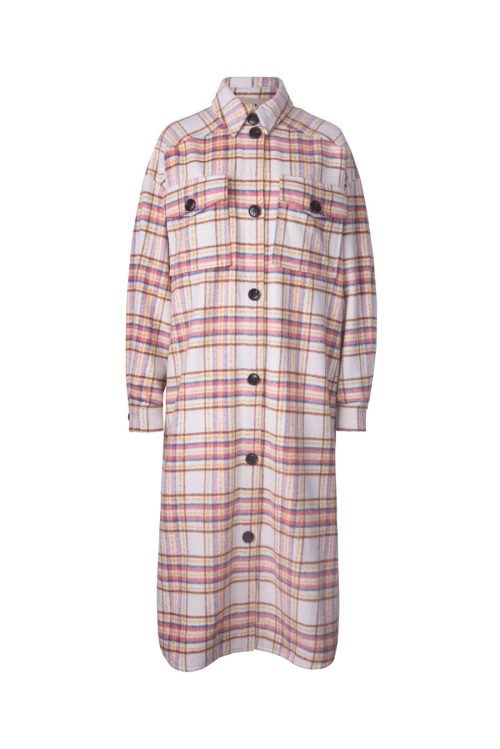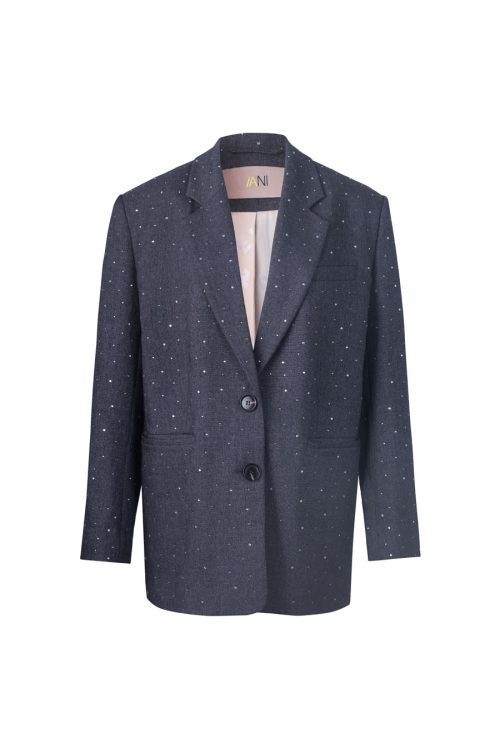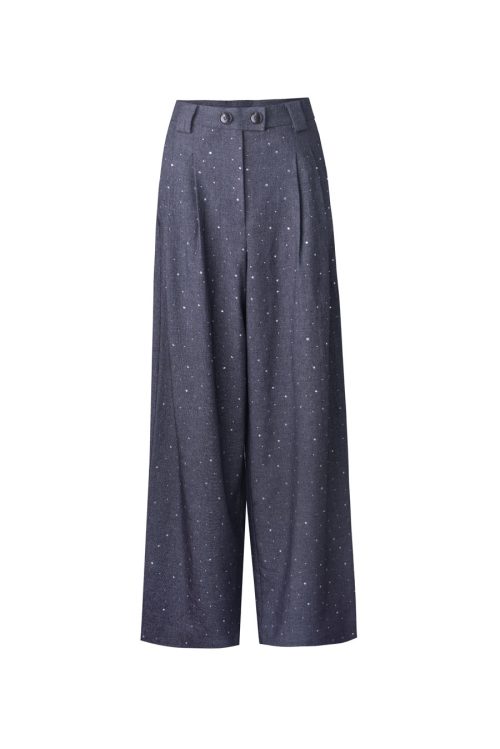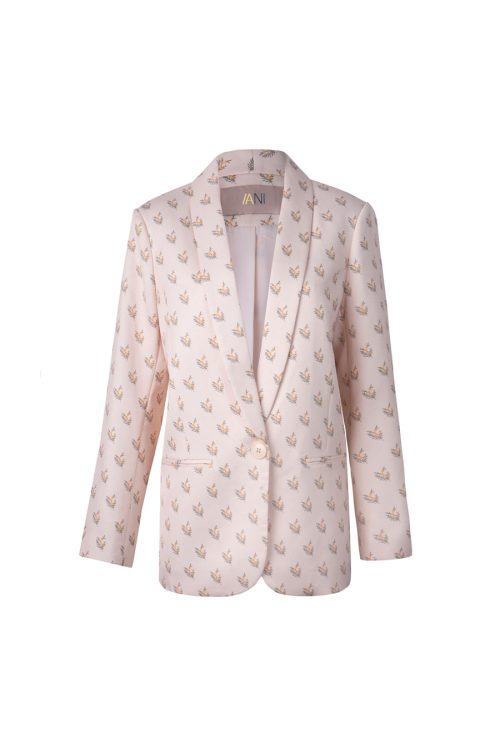
China’s wholesale cloth market is a cornerstone of the global textile industry, known for its vast selection, competitive prices, and high-quality materials. Whether you are a fashion designer, a clothing manufacturer, or a retailer, sourcing cloth from China can provide you with the fabrics you need to create stunning garments. This article explores the key wholesale markets in China, the benefits of sourcing cloth from these markets, and practical tips for navigating them.
Key Wholesale Markets in China
China is home to several prominent wholesale markets specializing in various types of cloth. Each market has its unique characteristics and offerings, making them ideal for different types of buyers.
Guangzhou
Guangzhou is one of the largest and most well-known hubs for wholesale cloth. The Zhongda Fabric Market is particularly famous, offering a wide array of fabrics ranging from basic cottons to luxurious silks. This market attracts buyers from all over the world due to its extensive selection and competitive prices.
Shaoxing
Shaoxing is another key player in the textile industry. The China Textile City in Shaoxing is the largest textile wholesale market in Asia, covering an enormous area and offering a vast variety of fabrics. It’s known for its high-quality materials and advanced manufacturing techniques.
Shenzhen
Shenzhen is renowned for its modern facilities and a wide range of products. The city’s wholesale markets, such as the Shenzhen Textile Market, provide a comprehensive selection of fabrics, catering to both small and large-scale buyers.
Beijing
Beijing also hosts significant wholesale markets, such as the Muxiyuan Fabric Market. This market is well-known for its variety and affordability, making it a great place to source cloth for various applications.
Benefits of Sourcing Cloth from China
Sourcing cloth from China’s wholesale markets offers numerous advantages that appeal to designers, manufacturers, and retailers alike.
Cost-Effectiveness
China’s efficient production processes and economies of scale result in lower manufacturing costs. This allows buyers to purchase high-quality fabrics at competitive prices, maximizing their profit margins.
Variety
The sheer variety of fabrics available in China’s wholesale markets is unmatched. Buyers can find everything from natural fibers like cotton and silk to synthetic materials like polyester and nylon, catering to a wide range of needs and preferences.
Quality
Chinese manufacturers have made significant strides in improving the quality of their products. Many wholesale markets have strict quality control measures in place, ensuring that buyers receive well-made, durable fabrics.
Trends
China’s wholesale markets are quick to adopt and produce the latest textile trends. This ensures that buyers can stay ahead of the curve and offer their customers the most current and fashionable fabrics.
Navigating the Wholesale Cloth Market
Navigating China’s wholesale cloth markets can be overwhelming, especially for first-time buyers. Here are some tips to help you make the most of your buying trip.
Tips for First-Time Buyers
- Research Ahead: Before visiting, research the markets you plan to visit. Know which markets specialize in the type of cloth you’re looking for.
- Plan Your Trip: Wholesale markets can be vast. Plan your visit to cover specific sections each day to avoid fatigue and ensure thorough exploration.
- Bring a Translator: If you don’t speak Mandarin, consider bringing a translator or using translation apps to facilitate communication with vendors.
Negotiation Strategies
- Be Polite but Firm: Negotiation is common in wholesale markets. Start with a lower offer and be prepared to negotiate. Always remain polite and respectful.
- Compare Prices: Don’t settle for the first price you get. Compare prices from multiple vendors to ensure you’re getting the best deal.
- Build Relationships: Establishing good relationships with vendors can lead to better prices and more reliable service in the long run.
Popular Types of Cloth Available
China’s wholesale markets offer a wide range of cloth types. Here are some of the most popular ones:
Cotton
Cotton is a versatile and widely used fabric known for its comfort and breathability. It is available in various forms, including plain, twill, and brushed cotton.
Silk
Silk is a luxurious fabric known for its smooth texture and lustrous appearance. It is often used for high-end fashion and special occasion garments.
Polyester
Polyester is a durable and versatile synthetic fabric. It is commonly used in various types of clothing due to its strength, wrinkle resistance, and ease of care.
Wool
Wool is a natural fiber known for its warmth and durability. It is often used for winter clothing and high-quality suits.
Ensuring Quality and Reliability
Ensuring the quality and reliability of your purchases is crucial when sourcing from wholesale markets. Here are some tips to help you make informed decisions.
Identifying Reputable Suppliers
- Research: Look for suppliers with a good reputation and positive reviews from other buyers.
- Check Certifications: Ensure the supplier has the necessary certifications and adheres to quality standards.
- Request Samples: Always request samples before placing large orders to verify the quality of the products.
Quality Control Measures
- Inspect Products: Carefully inspect products for defects or inconsistencies.
- Set Quality Standards: Communicate your quality standards clearly to the supplier and ensure they understand your requirements.
- Third-Party Inspections: Consider hiring third-party inspection services to verify the quality of the products before shipment.
Current Trends in Wholesale Cloth
Staying abreast of current trends is essential for success in the textile industry. Here are some trends currently shaping the wholesale cloth market in China.
Sustainable Fabrics
Sustainability is becoming increasingly important in the textile industry. Many Chinese suppliers are adopting eco-friendly materials and sustainable production practices to meet the growing demand for environmentally conscious products.
Technological Innovations
Technological advancements in textile production are enhancing the quality and functionality of fabrics. This includes innovations like moisture-wicking fabrics, antimicrobial treatments, and smart textiles.
Fashion Trends
Chinese manufacturers are quick to adapt to global fashion trends. This includes the latest styles in prints, colors, and fabric blends, ensuring that buyers can access trendy and fashionable materials.
Conclusion
Sourcing from China’s wholesale cloth market offers numerous benefits, including cost savings, high quality, and a wide variety of options. By understanding the key markets, benefits, and navigating tips, you can make the most of your sourcing trips and find high-quality fabrics at competitive prices. With a focus on quality and current trends, China’s wholesale markets remain a valuable resource for the global textile industry.
FAQs
What are the best cities in China for sourcing wholesale cloth? The best cities include Guangzhou, Shaoxing, Shenzhen, and Beijing, each offering unique wholesale markets and a wide range of fabrics.
How can I ensure the quality of cloth from Chinese wholesale markets? To ensure quality, research suppliers, check certifications, request samples, and consider third-party inspections.
What are the common types of cloth available in China’s wholesale markets? Common types include cotton, silk, polyester, and wool, catering to various textile needs and preferences.
Is it cost-effective to buy cloth wholesale from China? Yes, it is cost-effective due to competitive pricing, efficient production processes, and economies of scale in China’s textile industry.
How can I negotiate effectively in China’s wholesale markets? Be polite but firm, compare prices from multiple vendors, and build relationships with suppliers to negotiate better deals.
What current trends are shaping the wholesale cloth market in China? Current trends include sustainable fabrics, technological innovations, and adaptations to global fashion trends.




